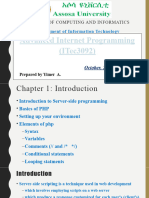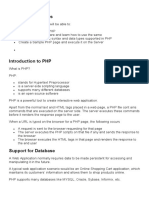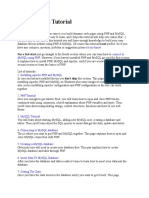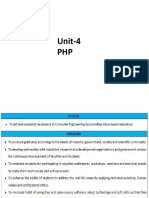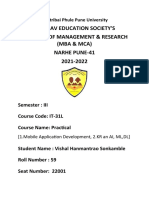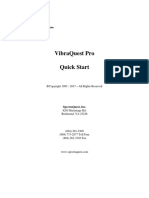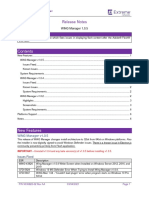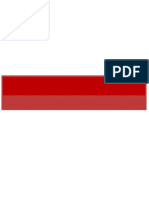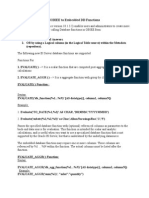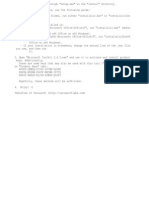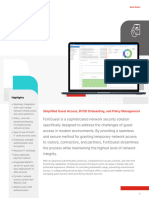0% found this document useful (0 votes)
5 views27 pagesSection 7 - PHP
PHP is a programming language used for developing dynamic web-based applications that interact with databases. The document covers key PHP concepts such as variables, data types, and database connections, as well as installation instructions for XAMPP and creating HTML forms. It also includes examples of PHP code and HTML elements for user input.
Uploaded by
bosaahmed80Copyright
© © All Rights Reserved
We take content rights seriously. If you suspect this is your content, claim it here.
Available Formats
Download as PDF, TXT or read online on Scribd
0% found this document useful (0 votes)
5 views27 pagesSection 7 - PHP
PHP is a programming language used for developing dynamic web-based applications that interact with databases. The document covers key PHP concepts such as variables, data types, and database connections, as well as installation instructions for XAMPP and creating HTML forms. It also includes examples of PHP code and HTML elements for user input.
Uploaded by
bosaahmed80Copyright
© © All Rights Reserved
We take content rights seriously. If you suspect this is your content, claim it here.
Available Formats
Download as PDF, TXT or read online on Scribd
/ 27














